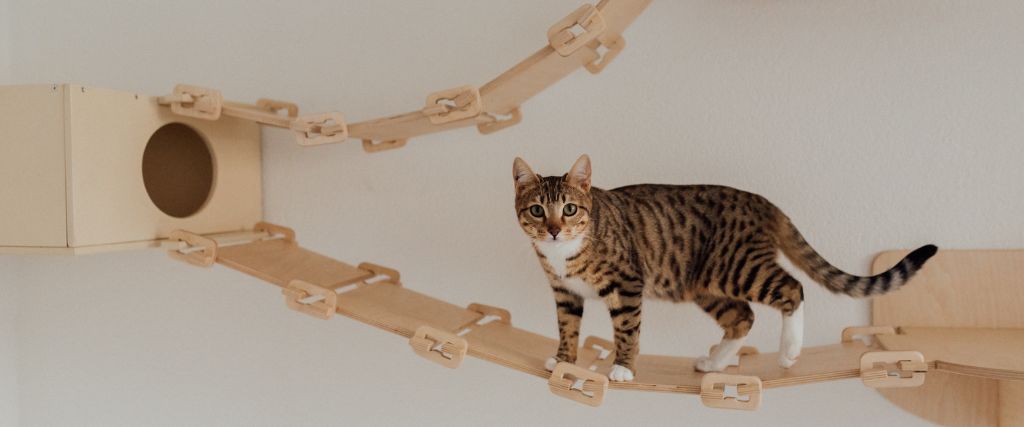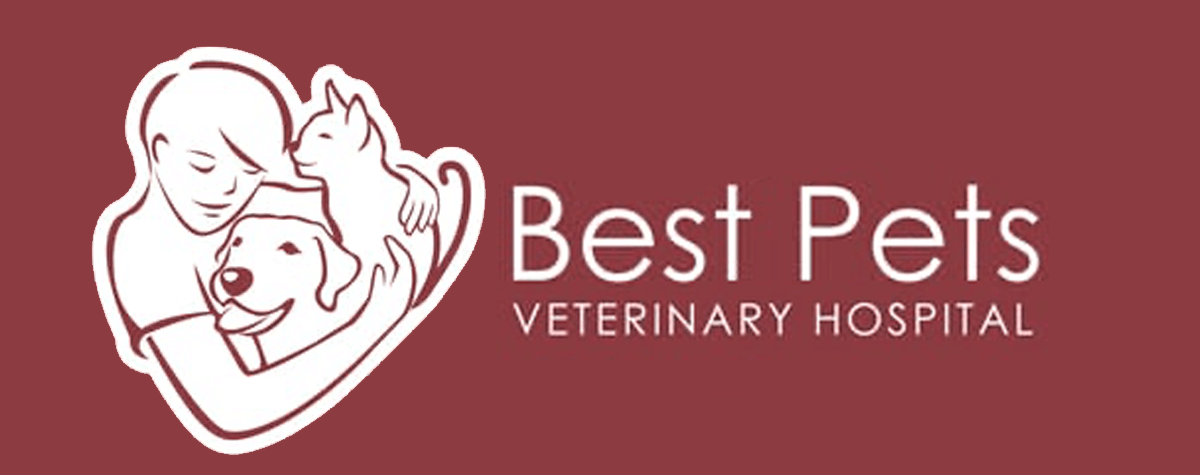Have you been noticing a little extra "fluff" on your feline friend lately? You're not alone. In fact, according to the Association for Pet Obesity Prevention, roughly 60% of cats in the United States are overweight or obese. Obesity in cats is no joking matter. Just like with humans, carrying extra weight can lead to a host of health issues for our furry friends, from diabetes to heart disease.
But fear not! Helping your cat shed those extra pounds is not only possible but can also be an enjoyable bonding experience. You may even find yourself slimming down a few inches on the adventure. Here are our top 5 tips to help your cat lose weight safely and effectively.

1. Consult Your Veterinarian
Before embarking on any weight-loss journey, consult your pet's regular veterinarian. Weight gain in cats can sometimes be a symptom of an underlying health issue, such as hypothyroidism or even certain types of cancers. Your veterinarian can rule out these conditions and provide valuable advice on your cat's ideal weight and the best path to reach it.
Additionally, a sudden drop in weight can be dangerous, even leading to hepatic lipidosis (also known as fatty liver disease), which is potentially fatal. Your veterinarian can guide you in setting a safe, achievable weight-loss goal for your cat!
2. Measure Meals and Control Portions
The key to weight loss is often as simple as calories in versus calories out. But be honest: do you measure your cat's food, or do you just fill up the bowl when it looks empty? Many of us are guilty of the latter. Consult your veterinarian about how many calories your cat should consume daily.
To control calorie intake:
- Use a measuring cup to ensure the correct serving size.
- Follow the veterinarian's advice on caloric needs, which may involve a bit of math but is essential for effective weight loss.
3. Choose High-Protein, Low-Carb Food
Cats are obligate carnivores. Their digestive systems are adapted to a diet high in protein and low in carbohydrates. High-protein, low-carb foods often help cats feel fuller longer, reducing the need for extra snacking and aiding in weight loss. Several commercial foods are formulated specifically for weight management in cats, but that doesn't mean it is the best fit for your unique furball, so consult your veterinarian for some tailored suggestions and specific food recomendations.

4. Get Moving with Interactive Play
It might be a little more challenging to take a cat for a jog compared to a dog, but that doesn't mean exercise is off the table. Cats need about 30 to 60 minutes of exercise each day! Yes, cats sleep up to 16 hours a day, but that doesn't mean they can't be active. Even 5-10 minutes of play can make a difference. Try interactive toys like feather wands or laser pointers to get your cat moving. Remember, it's not about making your cat run a marathon; it's about increasing their overall activity levels. Cat nip and motorized balls can entice even the most laid-back feline to get moving!
5. Limit or Eliminate Treats
Treats are often the culprit when it comes to feline weight gain. Even a small piece of cheese can significantly increase your cat's daily caloric intake. We know it can be difficult to resist those pleading eyes, so when treats are "needed," consider these tips:
- Opt for low-calorie or even zero-calorie treats like bits of lean chicken.
- Keep treats to less than 10% of your cat's daily caloric intake.
- For the ultimate low-cal treat, try using their own kibble—taken from their regular daily serving—as a treat.
In Conclusion
Helping your cat lose weight is not just about aesthetics; it's a crucial aspect of their overall health and wellbeing to help avoid a myriad of health issues such as diabetes, joint problems, and liver disease. By implementing strategies like regulating calorie intake through portion control and high-protein, low-carb diets, ensuring regular, engaging physical activity, and scheduling frequent veterinary check-ups, you are addressing the obesity concern at its core. Leveraging interactive toys and incorporating climbing structures can serve to promote movement and mental stimulation, aiding weight loss and fostering overall wellbeing for our kiddos. Consistency is key. Stick with it, and you'll not only see a slimmer cat but also a more agile and happy one.
Remember, always consult your veterinarian for personalized advice tailored to your cat's specific needs. The journey to a fit and healthy cat is, after all, paved with informed, loving decisions. Together, let's make "fat cat" a term of endearment, not a health concern!
If you have questions and you'd like to reach out to us, you can call us directly at (978) 658-6500, or you can email us at [email protected] . Don't forget to follow us on social media Facebook, Instagram
